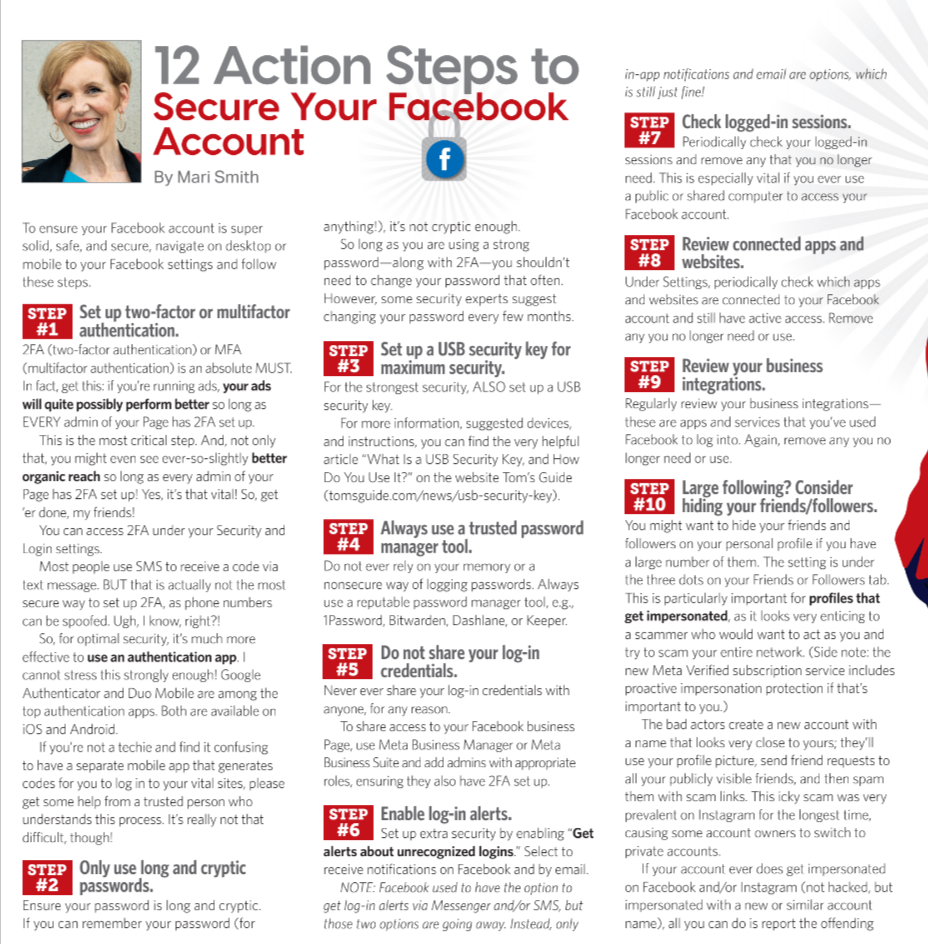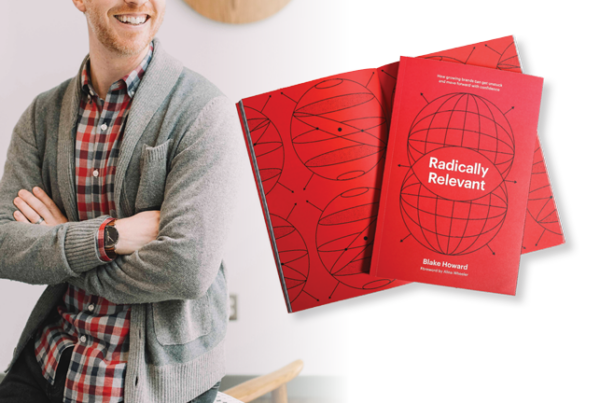Epic Content Marketing, a book released in 2013 by Joe Pulizzi, is considered the gold standard on a topic Pulizzi knows inside and out. Nearly a decade later, Pulizzi, along with Brian Piper, has written a second edition with sections on data, AI, Web3, and community. Piper told us what to expect from the second edition and dished out some free advice on a few topics covered in the book. Co-authors Joe Pulizzi and Brian Piper have released a new edition of the highly acclaimed book Epic Content Marketing. The updated version hit bookshelves on February 27, and it brings readers up to speed on all things new in the world of content marketing. How much has content marketing changed since the original version of the book became a hit a decade ago? Let’s just say that 10 years is an eternity in content marketing. We have social media channels in 2023 that did not even exist in 2013 (TikTok, anyone?), but that’s only the beginning. More (better) data tools offer greater insight into how your marketing is performing, brand communities and super fans hold enormous marketing power, creator networks are now a well-established tool, and your content can be leveraged and repurposed in a multitude of ways. All this and much more fill the pages of Pulizzi and Piper’s new book, officially titled Epic Content Marketing, Second Edition: Breakthrough the Clutter with a Different Story, Get the Most Out of Your Content, and Build a Community in Web3.“The content marketing landscape has matured and grown in big ways in the past decade and has become a common tactic of any successful brand or content entrepreneur, ”Piper tells us. “We have different platforms, new technologies, and evolved consumer expectations and needs. Content marketing is really entering its heyday now. Between the public need for trust and belonging and the advances in technology and access to data, it is delivering what consumers want from brands and creators. ”The second generation of Epic Content Marketing includes updated statistics and new case studies for the fundamental strategy and process chapters, along with completely new sections covering some of the most relevant current changes in content marketing, including data, AI, Web3, and community. In part 2 of the book—“Defining Your Content Niche and Strategy”—Pulizzi explains that while content is traditionally thought of as a brand-awareness and lead-nurturing tool, it can also be incorporated into customer service, customer loyalty and retention, and customer upsell efforts. Once it has taken your customer that far, it can also make them subscribers to whatever content you’re offering. Whether your brand is just you or is a Fortune 500 company, your content needs to be repurposed across a variety of channels. Red Bull, LEGO, and General Electric are prime examples when it comes to repurposing content, but it’s not just the big, established brands that effectively repurpose their content. “You can also see examples among smaller content entrepreneurs, like Ann Handley, Dasha Kennedy, and Wally Koval,” Piper says.“All of these content marketers and entrepreneurs are creating and distributing content on multiple platforms and pushing consumers of that content to some goal that includes supplying an email or other first-party data.”A sample of Piper’s advice: every piece of content needs to be guided by and focused on strategy. Each piece of content also needs the necessary calls to action, should be categorized by its location in the marketing funnel, and needs to have tracking data connected to it in order to monitor performance and measure success.
Later in the book, Piper writes about what happens between a brand and its audience once the brand has become a trusted source. In a chapter titled “The Importance of Community and Superfans,” he shares the story of the Savannah Bananas, a minor-league baseball team in Georgia that has built a community of superfans by putting the team’s fans first in everything they do.“The fans-first methodology is essential for any brand or content entrepreneur,” Piper tells us. “It all starts with understanding your audience, knowing what they need and what problems they have, and then sharing content that can help them find solutions. ”He explains that once these fans start to see you as a trusted source and find value in your content, they will start consuming your content consistently and on other channels—they’ll share with their friends. Most importantly, they’ll start to engage with your content: replying to emails, commenting on posts, and promoting within their network. In short, they will become a community. “This is when it’s critical that the brand or creator engages with the user,” Piper says. “You have to cultivate that relationship and offer even more useful information and begin to celebrate members of your community. This is how you create superfans who will become your biggest advocates and champions. Superfans are lifetime customers and consumers. They will pay more, spend more time consuming, and look for opportunities to engage and support the company or creator.”Organization leaders can also learn a thing or two from the second edition of Epic Content Marketing about how a modern marketing team might be structured in this prime time of content marketing and howthey can find the creators that today’s landscape demands. Piper says it’s no longer enough to post new positions on job boards and scour titles on résumés.“ When companies go out to look for content marketing talent, they’re looking to see what creators are out there who have blogs, podcasts, or active social channels,” he explains. “They’re looking for people who are already creating content and have started building an audience. Whether they want to leverage that audience or are just looking for employees that understand how content marketing works, many companies are looking to bring in people who understand the challenges and opportunities of content marketing.”Epic Content Marketing, Second Edition: Break through the Clutter with a Different Story, Get the Most Out of Your Content, and Build a Community in Web3is currently available in hardcover, audiobook, and e-book.








